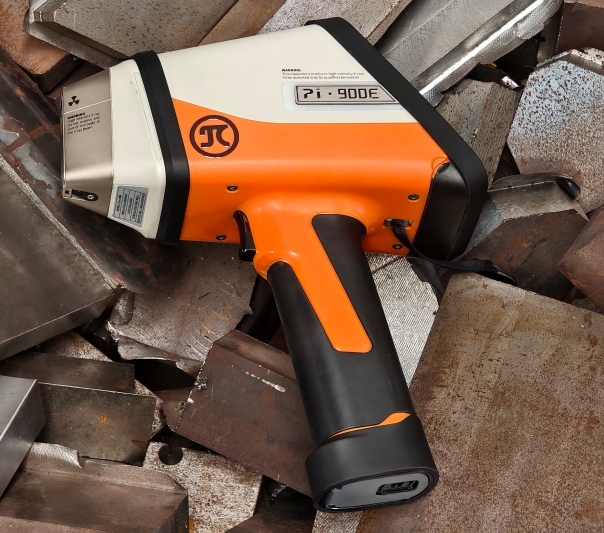
Alloy
A high-tech enterprise focusing on the development and application of X-ray technology products, committed to becoming a leading supplier of X-ray industrial testing solutions.
Understanding the XRF Principle: A Detailed Overview
X-ray fluorescence (XRF) is a widely used technique for material analysis, particularly in fields like geology, archaeology, and environmental science. It allows for non-destructive testing of materials to determine their elemental composition. Here's a detailed overview of how XRF works, its principle, and its applications.
1. What is XRF?
XRF stands for X-ray fluorescence, a method where materials are exposed to high-energy X-rays, causing them to emit fluorescent X-rays. These emitted X-rays are characteristic of the elements present in the sample, and by measuring them, we can determine the chemical composition of the material.

2. How Does XRF Work?
Excitation: The sample is bombarded with high-energy X-rays or gamma rays. These high-energy photons interact with atoms in the sample, knocking inner electrons from their orbitals.
Fluorescence Emission: As a result of this interaction, the atom becomes unstable. To return to its ground state, the atom releases energy in the form of secondary X-rays (fluorescent X-rays).
Detection: These emitted X-rays are then detected by the XRF instrument. Each element emits X-rays at specific wavelengths, allowing the instrument to identify the elements present and determine their concentration in the sample.
3. XRF Spectra
The XRF spectra show the intensity of the emitted X-rays as a function of their energy. Different elements have unique X-ray emission peaks, known as characteristic X-rays. By analyzing the energy and intensity of these peaks, we can identify the elements in the sample and quantify their amounts.
4. Applications of XRF
Geology: XRF is commonly used to analyze rocks, minerals, and soils. It can help geologists understand the composition of different geological formations.
Environmental Science: XRF is useful in detecting pollutants in soil, water, and air. It helps in monitoring environmental contamination by measuring the levels of toxic metals like lead, mercury, and arsenic.
Archaeology: Archaeologists use XRF to analyze ancient artifacts and determine the elemental composition of materials, helping to understand their origin and use.
Materials Science: XRF is used to analyze metals, alloys, and other materials for quality control and to ensure they meet specific standards.
5. Advantages of XRF
Non-destructive: XRF does not damage the sample, which is ideal for precious or rare materials.
Rapid and efficient: The analysis is quick, often taking just a few minutes, with minimal sample preparation required.
Portable: Portable XRF devices allow for on-site analysis, making it a versatile tool in fieldwork.
6. Limitations of XRF
Elemental Sensitivity: XRF is more sensitive to heavier elements. It may not be as effective in detecting lighter elements, such as hydrogen, lithium, or carbon.
Surface Sensitivity: XRF analyzes primarily the surface of the material, which could lead to inaccurate results if the surface is contaminated or not representative of the bulk sample.
Matrix Effects: The composition of the sample matrix can affect the accuracy of the results, and careful calibration is needed for accurate measurements.

Terras PI900E Handheld Alloy Analyzer
The Pi 900E XRF analyzer offers instant, precise elemental testing without sample damage. Using X-ray fluorescence technology, it swiftly identifies materials—from industrial alloys to environmental pollutants—making it essential for manufacturing, recycling, and safety inspections. Portable units are built for tough environments, with touchscreen operation, Wi-Fi, and multi-element detection (Mg to U) for adaptable, on-site analysis.
7. Conclusion
XRF is an invaluable tool in many fields due to its ability to provide rapid, non-destructive analysis of the elemental composition of a wide range of materials. Understanding the principles behind XRF can help researchers and professionals choose the right applications and interpret the results effectively. As technology continues to improve, XRF will undoubtedly become even more versatile and widely used.
Join Us
Subscribe to our email list for updates & promotions.



